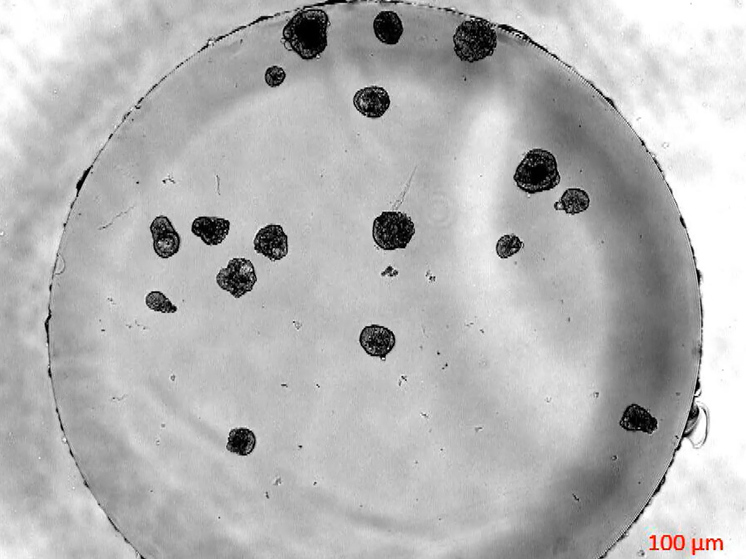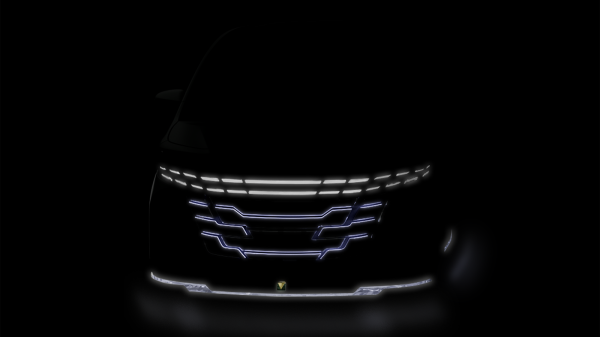“We don't realize all the capabilities that our own body's cells have.”
Scientists have created tiny living robots from human cells that can move around in a laboratory dish and, according to a new study, perhaps one day they will be able to help heal wounds or damaged tissue.

A team from Tufts University and the Wyss Institute at Harvard University dubbed these creations anthropobots. The study builds on earlier work by some of the same scientists who created the first living robots, or xenobots, from stem cells derived from African clawed frog (Xenopus laevis) embryos.
“Some people thought that the characteristics of xenobots largely depended on the fact that they were embryos and amphibians,” says study author Michael Levin, a professor of biology. “I don't think it has anything to do with being an embryo.” It has nothing to do with being a frog. I think this is a much more general property of living things. We are not aware of all the capabilities that the cells of our own body have.”
According to Levin, in life, anthropobots were not full-fledged organisms because they did not have a full life cycle: “This reminds us of those rigid binary categories with which we operated: is this a robot, is this an animal, is this a machine? This kind of thing doesn't serve us very well. We need to go beyond this.”
The study was published Thursday in the journal Advanced Science.
The scientists used adult human cells from the trachea, or windpipe, from anonymous donors of different ages and genders, CNN reports. The researchers focused on this type of cell because they are relatively easy to access due to work on Covid-19 and lung diseases and, more importantly, because of the function that scientists believe will make the cells capable of movement, says Study co-author Gizem Gumuskaya, a doctoral student at Tufts University.
The cells of the trachea are covered with hair-like projections called cilia that vibrate back and forth. Typically, they help cells in the trachea push out tiny particles that end up in the airways of the lungs. Earlier studies also showed that cells can form organelles, clumps of cells widely used for research.
Gizem Gumuskaya experimented with the chemical composition of the growth conditions of tracheal cells and found a way to force the cilia on the organelles to face outward. Once she found the right matrix, the organelles became motile within a few days, and the cilia acted a bit like oars.
“Nothing happened on the first, second, fourth or fifth day, but, as is usually the case in biology, There was a rapid transition around the seventh day,” she said. “It was like a flower blooming.” By the seventh day, the eyelashes opened and appeared outside. In our method, each anthropomorphic robot grows from one cell.”
It is this self-assembly that makes them unique, CNN notes. Biological robots have been created by other scientists, but they were constructed by hand, by making a mold and seeding cells to live on top of it, says Michael Levine.
The anthropomorphic robots created by the team were not identical. Some of them were spherical and completely covered with cilia, while others were shaped more like a soccer ball and were unevenly covered with cilia. They also moved in different ways — some in straight lines, some in tight circles, while others sat around and moved around, according to a press release about the study. They survived for up to 60 days in laboratory conditions.
The experiments described in this latest study are in the early stages, but the goal is to find out whether human robots could have medical applications, Levin and Gumuskaya said. To see if such an application was possible, the researchers examined whether human robots were able to navigate human neurons grown in a laboratory dish that had been “scratched” to simulate damage.
Scientists were surprised to see that the human robots stimulated the growth of damaged areas of neurons, although researchers do not yet understand the healing mechanism, the study noted.
Falk Tauber, group leader at the Freiburg Center for Interactive Materials and Bioinspired Technologies at the University of Freiburg in Germany, said the research laid the groundwork for future efforts to use biorobots for different functions and create them in different forms. Tauber, who was not involved in the study, said the robotic robots exhibited “surprising behavior,” particularly when they moved across—and ultimately covered—scratches in human neurons. He emphasized that the ability to create these structures from a patient's own cells offers a variety of applications both in the laboratory and, perhaps eventually, in humans.
Professor Levin notes that, in his opinion, anthropomorphic robots do not pose any ethical or safety issues. According to him, they are not made from human embryos, the research of which is strictly limited, and are not genetically modified in any way.
“They have a very limited environment in which they live, so there is no possibility that they will somehow escape or live outside the laboratory. They can't live outside of this very specific environment,” he said. “They have a natural lifespan, so after a few weeks they just break down smoothly.”























































Свежие комментарии